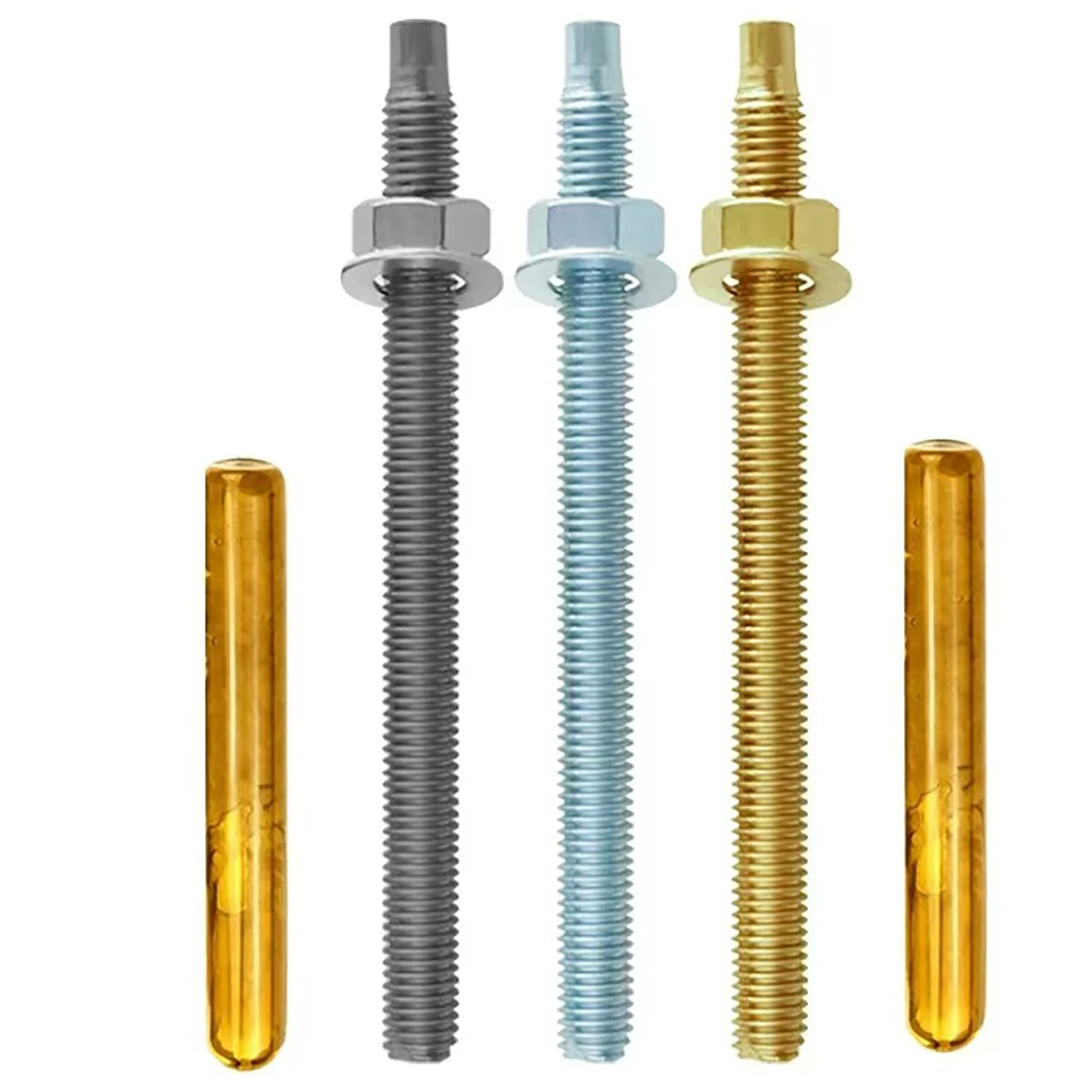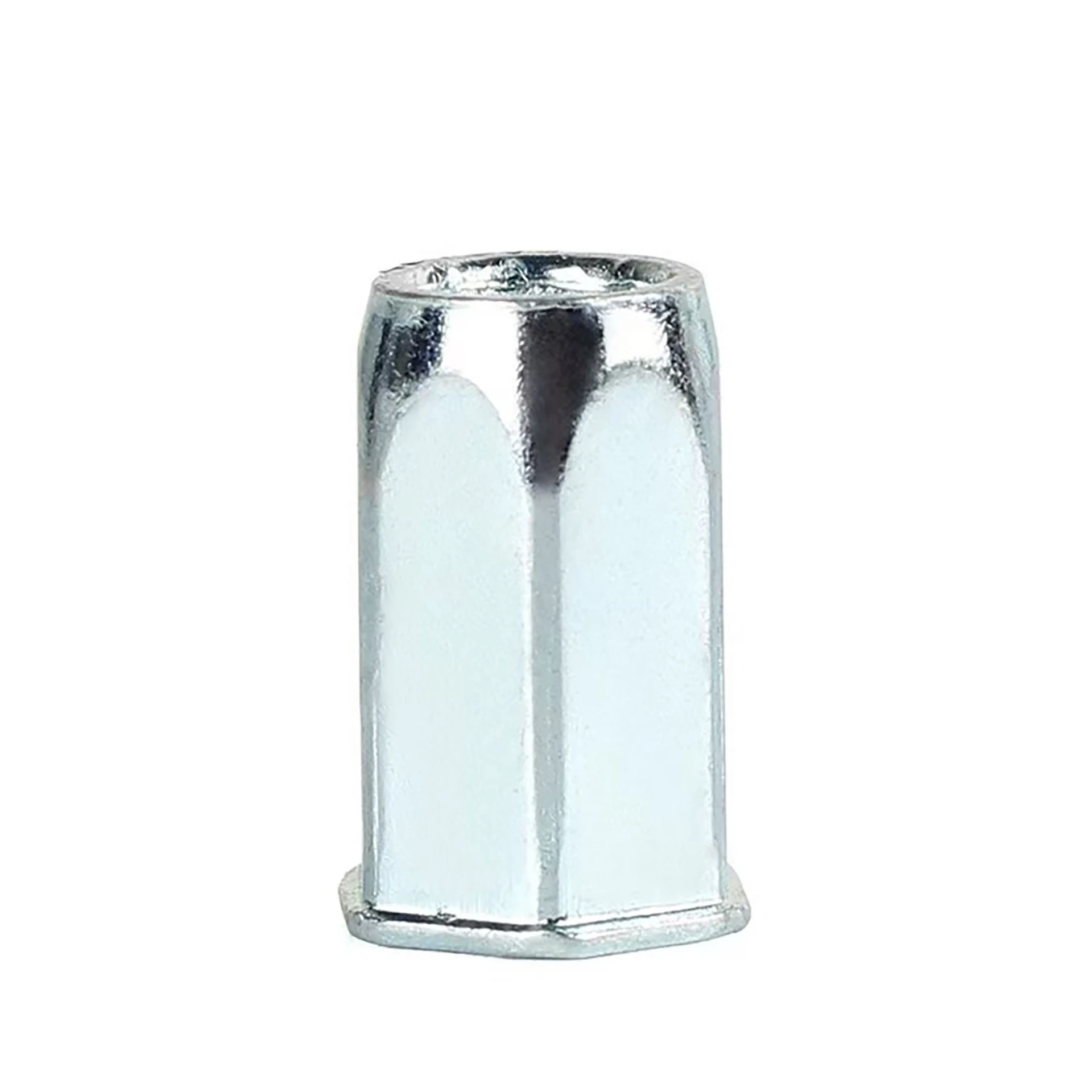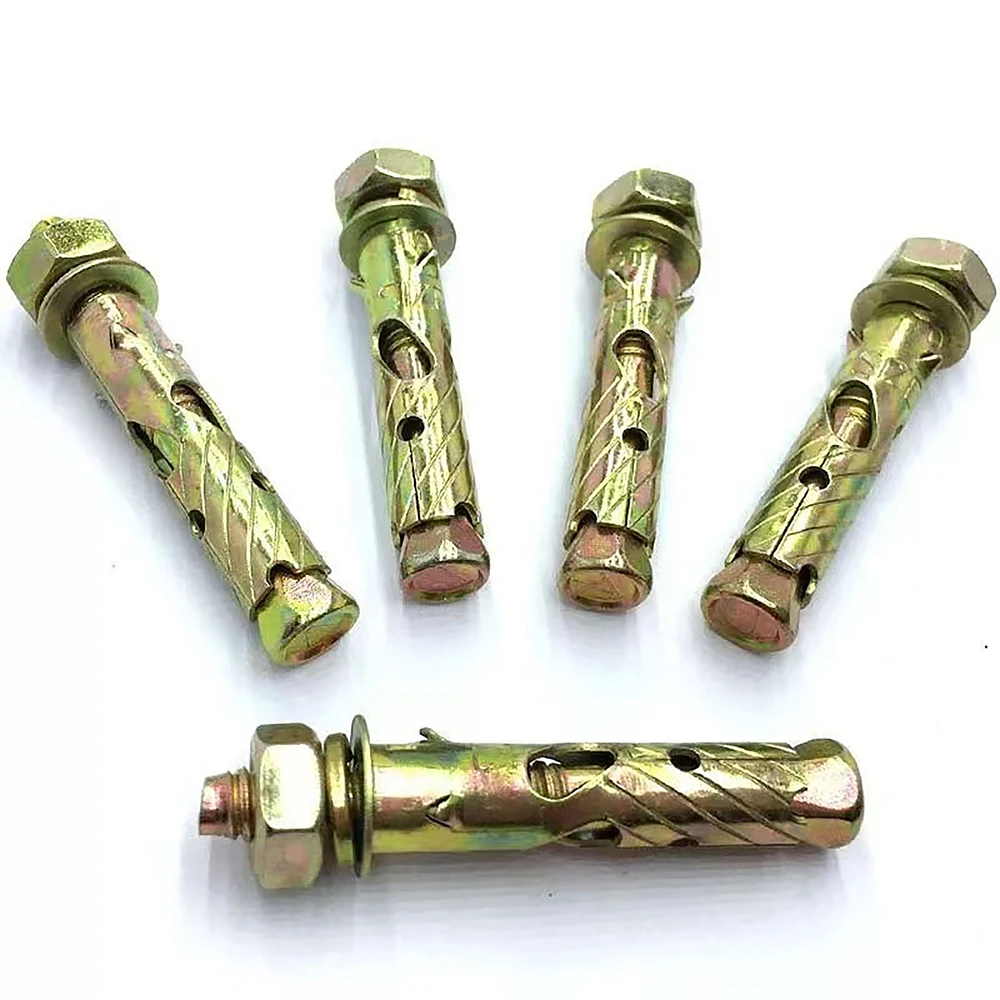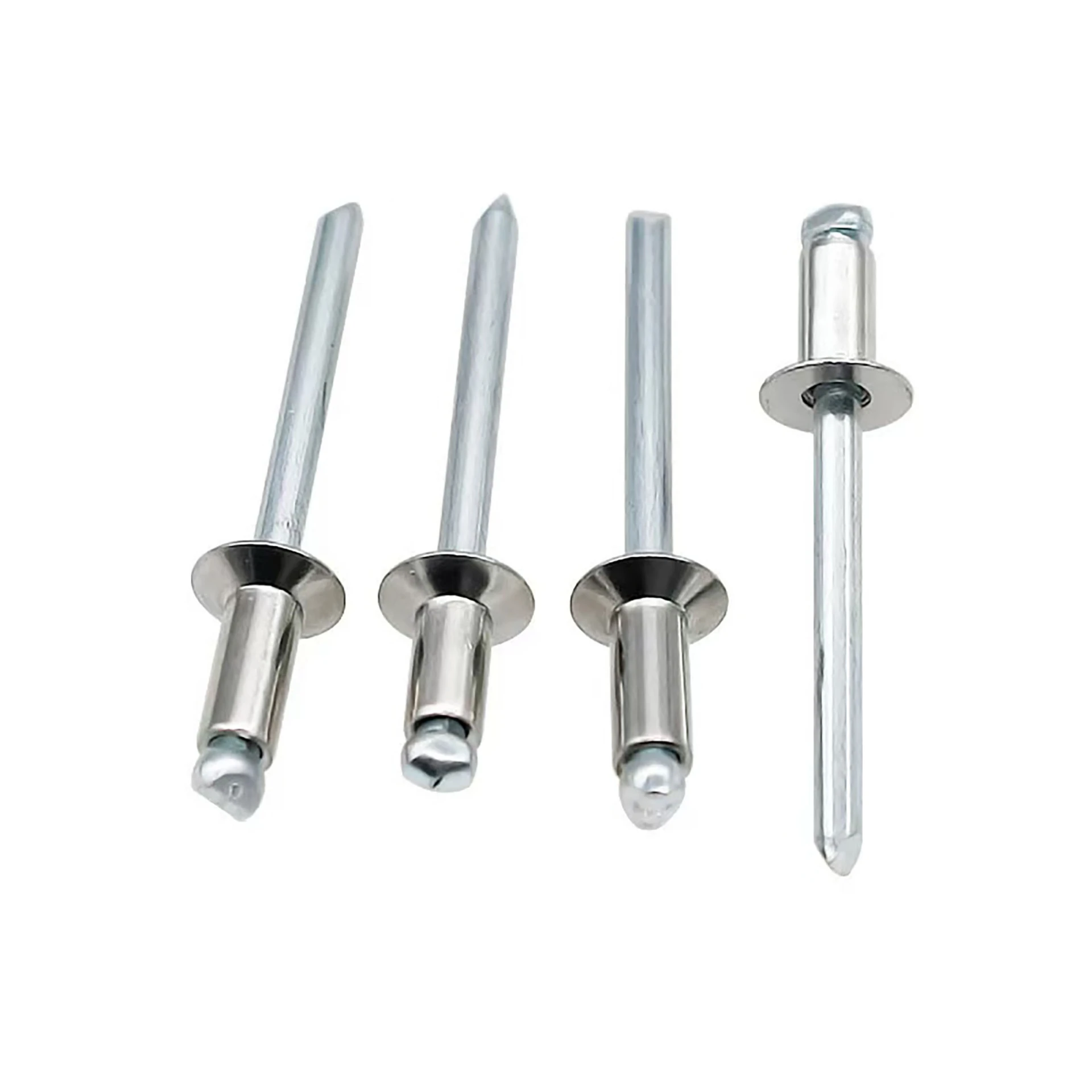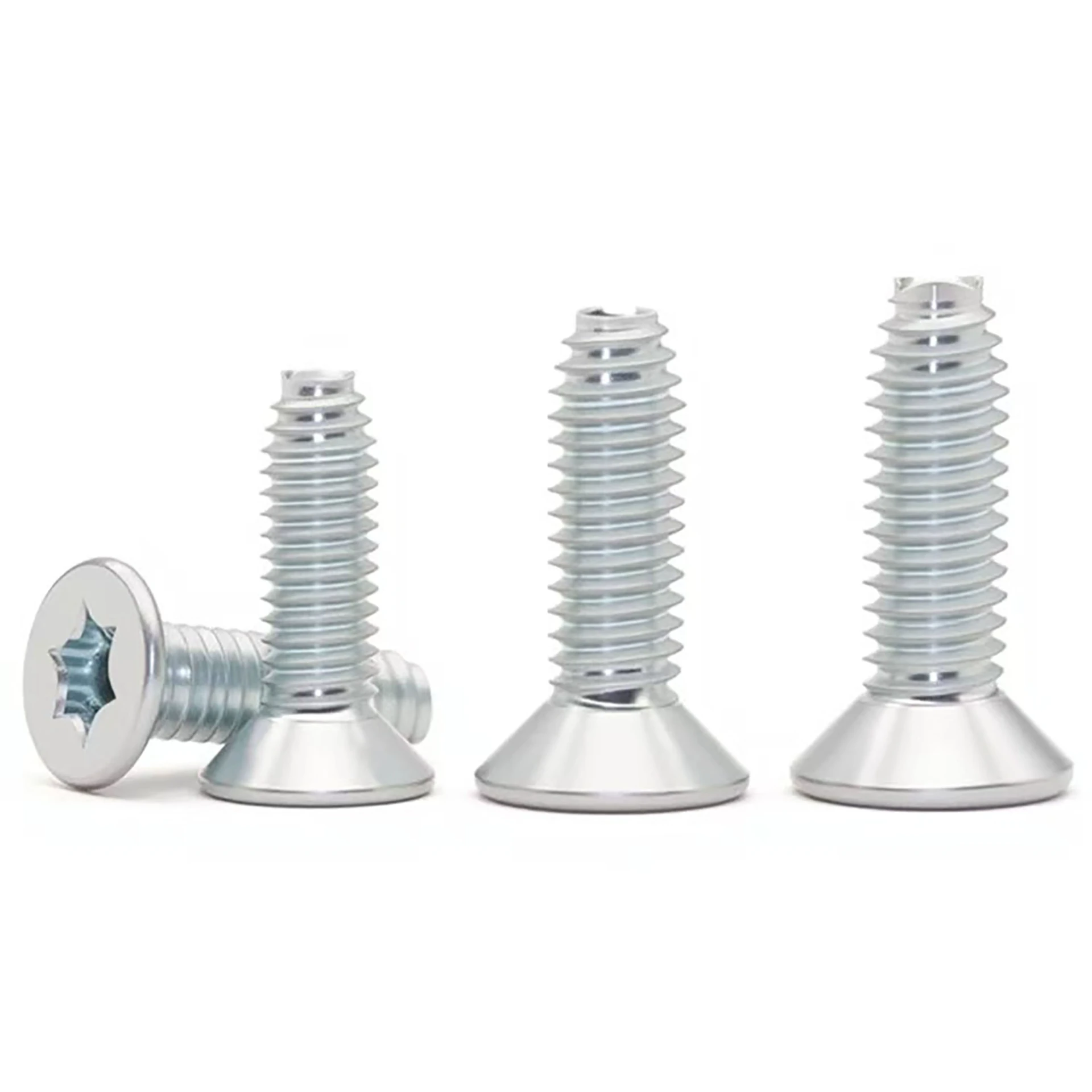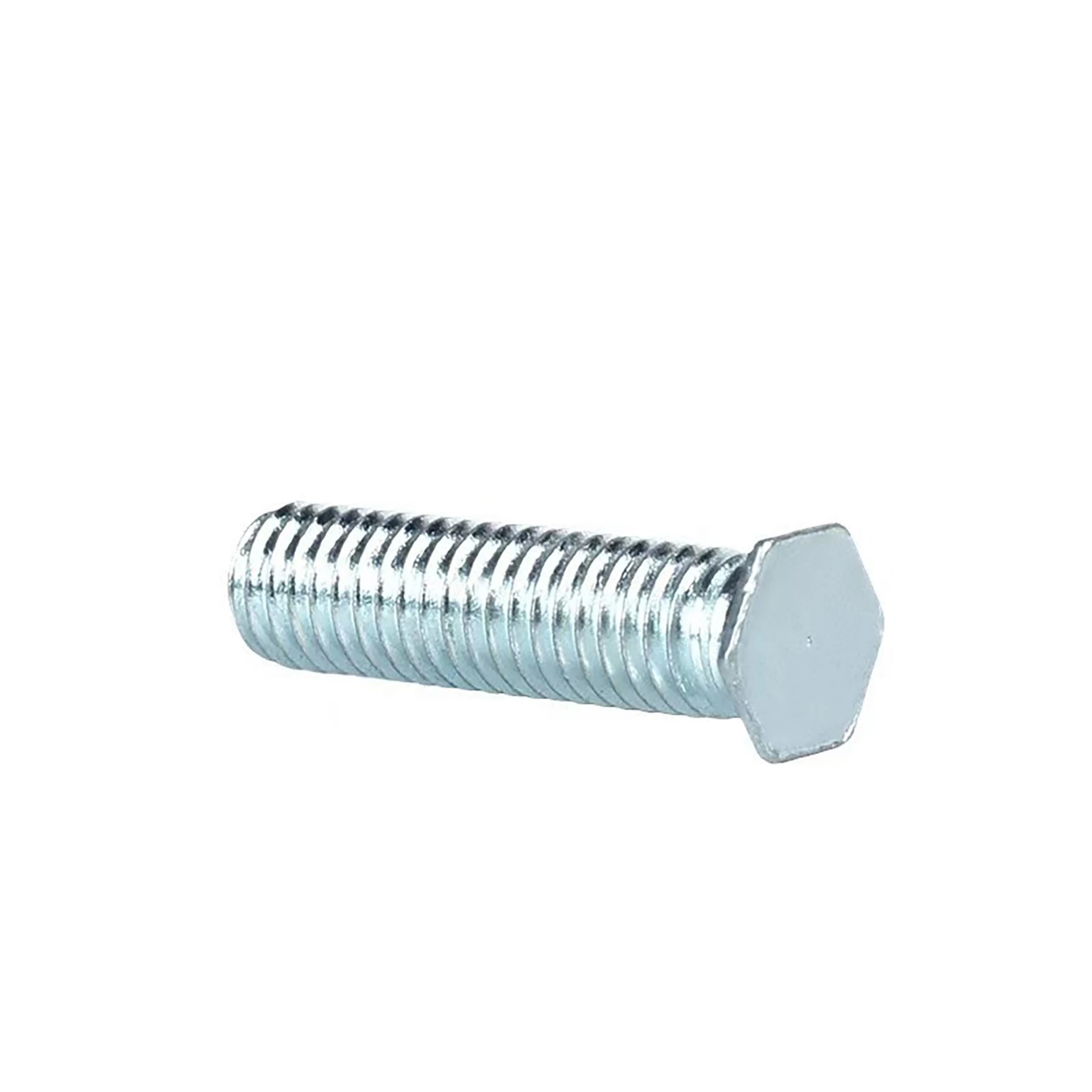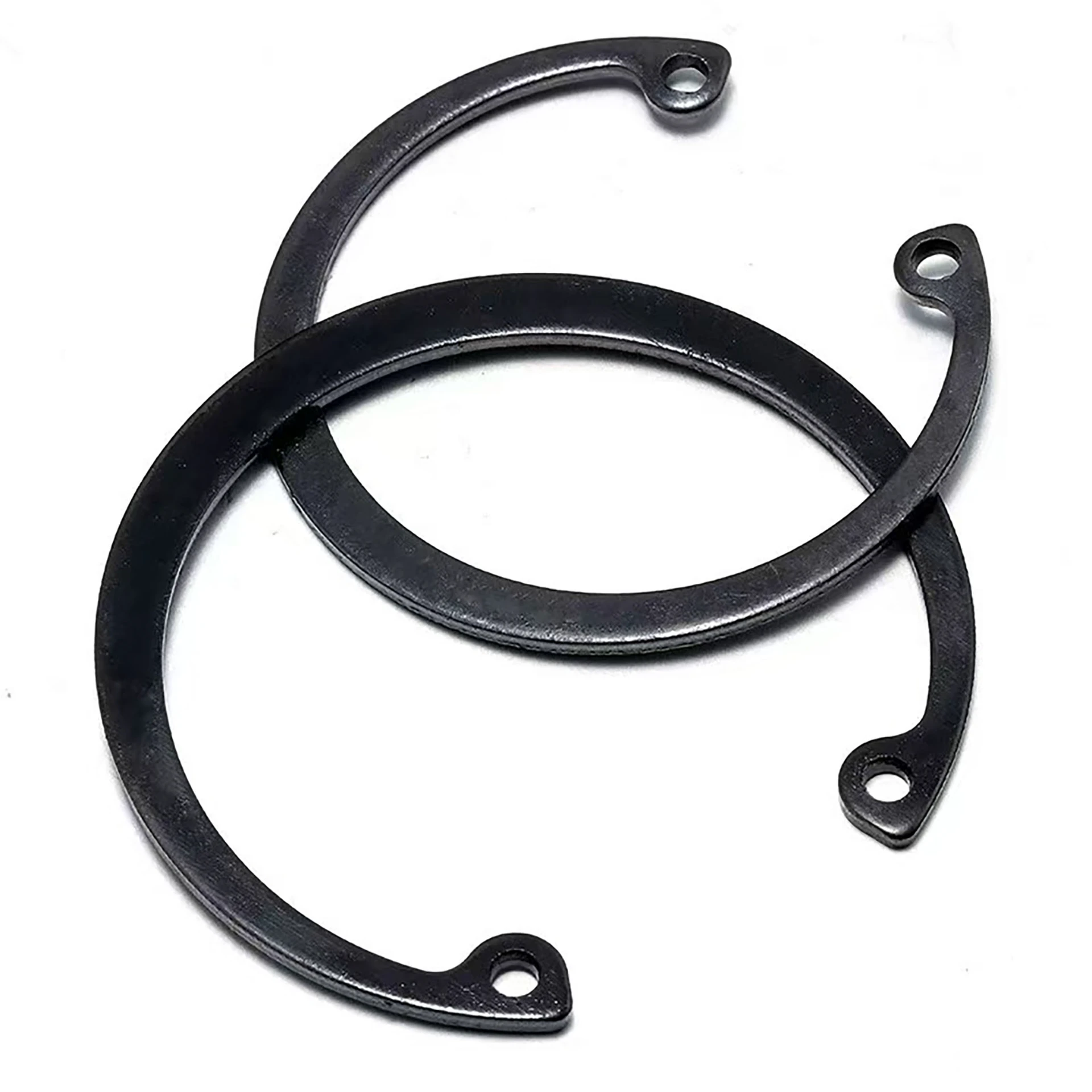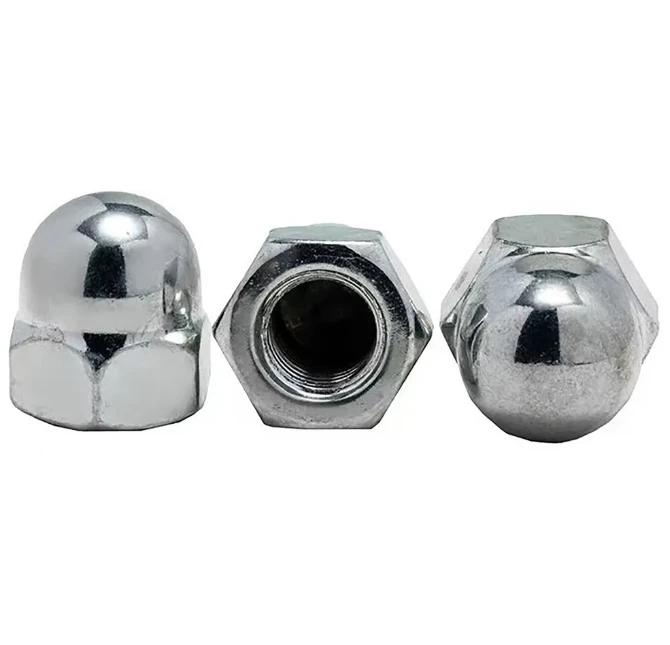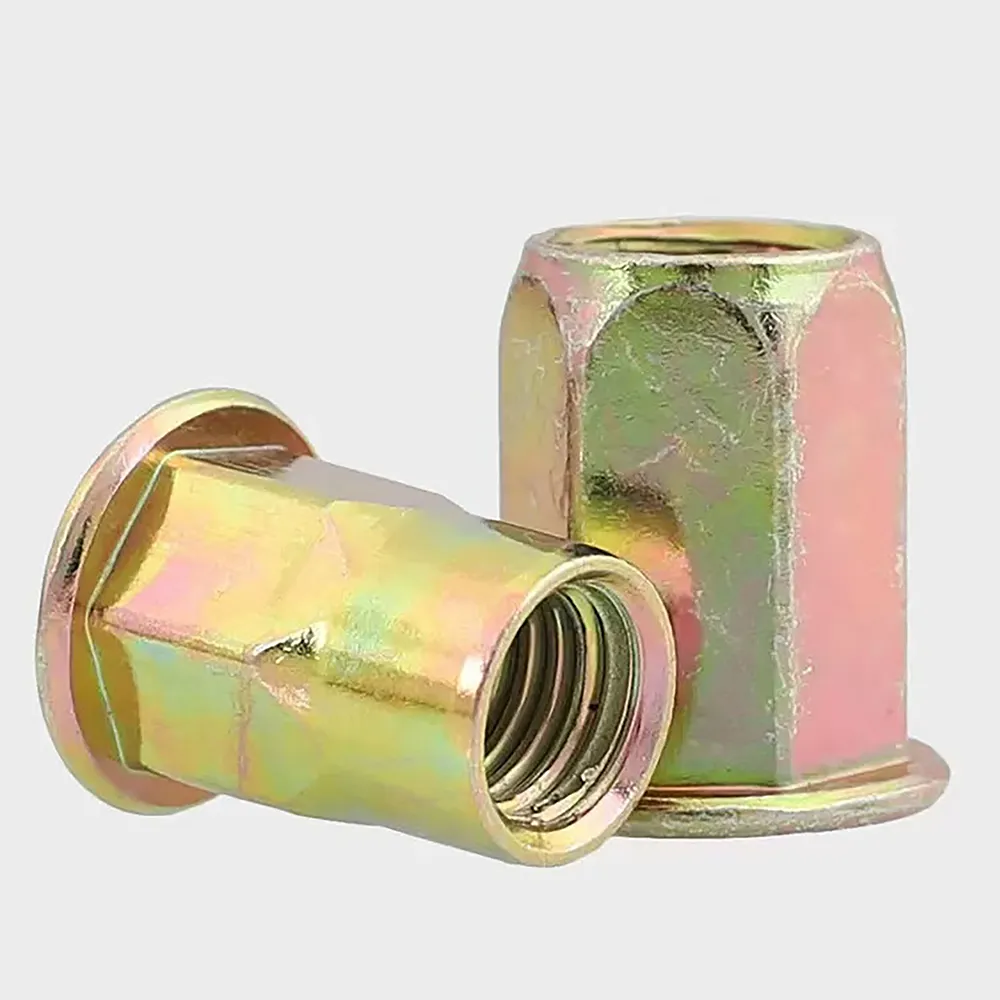Masonry Sleeve Anchors - Heavy-Duty, Corrosion-Resistant
Masonry Sleeve Anchors: A Pragmatic Buyer’s Guide from the Jobsite Up
Ask ten installers about masonry sleeve anchors and you’ll get ten different stories—most of them about holding something heavy in a questionable wall. In real projects, these anchors bridge the gap between “good enough” and “won’t budge.” From my time walking jobs in chilly dawn pours to factory visits in Hebei, here’s the straight talk.
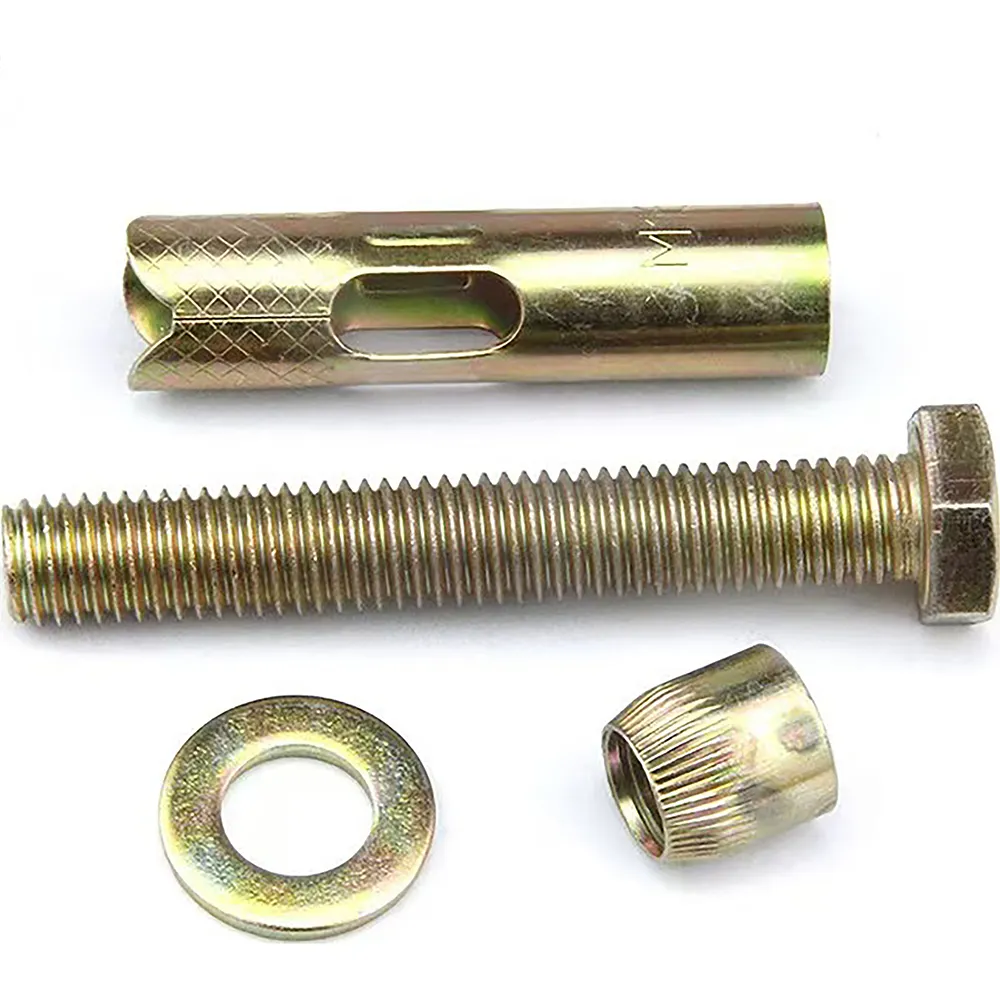
What they are, where they shine
masonry sleeve anchors are expansion fasteners with a threaded stud, metal sleeve, and cone. Tighten the nut, the sleeve expands, and—click—that’s your grip in concrete, brick, or block. They’re the go-to for HVAC brackets, handrails, electrical trays, racking, façade clips, light machinery bases, even signage in mixed masonry. Trend-wise, I’m seeing more stainless A4 for coastal jobs and heavier zinc-nickel coatings when clients want “install once, forget for years.”
Origin and build
These units come out of Hanguang Industrial Park, Yongnian District, Handan City, Hebei Province—an area that lives and breathes fasteners. The manufacturer lists them as High-Strength Sleeve Anchor Bolts for Concrete & Masonry with galvanized and stainless options. In the factory, I noted consistent sleeve knurling (that matters more than you think for bite in hollow materials).
Core specifications (typical)
| Parameter | Spec (≈ values; real-world use may vary) |
|---|---|
| Sizes | M6, M8, M10, M12 (other mm/imperial on request) |
| Materials | Carbon steel 5.8/8.8 (ISO 898-1); Stainless A2-304 / A4-316 (ISO 3506) |
| Coatings | Electro-galv ≥8 μm; HDG ≈45–80 μm; Zn-Ni for high corrosion duty |
| Threads | Metric coarse (ISO 261/965) |
| Pull-out in C20/25 concrete | M6 ≈6 kN, M8 ≈10 kN, M10 ≈16 kN, M12 ≈22 kN (ASTM E488) |
| Temp. range | -40°C to +80°C (standard zinc); higher on stainless |
| Service life | Up to 25–50 years depending on environment and coating (ISO 9227 guidance) |
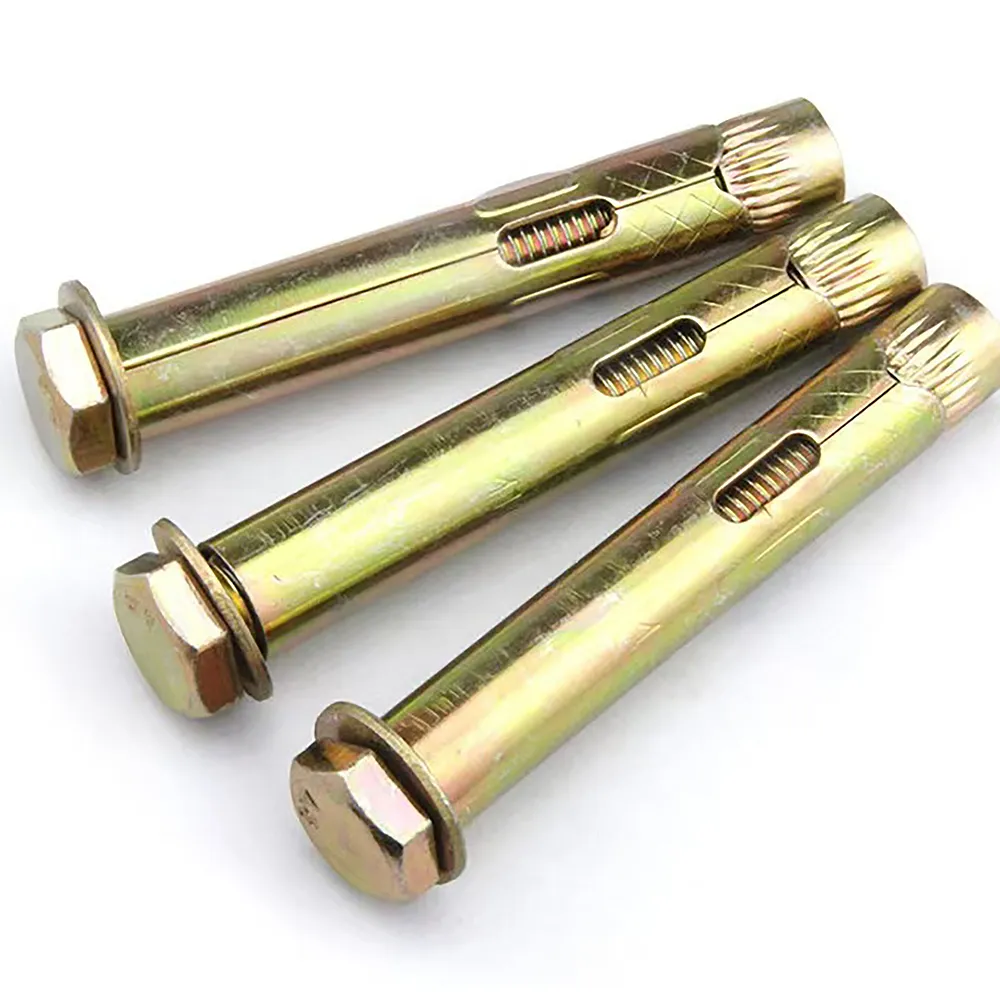
Process flow and testing
masonry sleeve anchors typically follow: bar cutting → cold forging → CNC threading → sleeve forming/knurling → heat treatment (where applicable) → plating → 100% visual + sampling tests. Testing should include tensile and shear (ASTM E488), edge/spacing performance (ACI 355.2 protocols), salt spray (ISO 9227), and hardness (ISO 6508). Look for ISO 9001:2015 QMS; some projects also request ETA/EN 1992-4 assessments or ICC-ES reports. Not every job needs that, but public works often do.
Applications and field notes
- Concrete slabs and beams: cable trays, pipe shoes, guardrails.
- Solid and hollow brick/block: light structural attachments—use sleeves with aggressive knurling.
- Coastal/chemical plants: switch to A4-316 and larger embed for safety margins.
Installer feedback? Many customers say torque control is key. If you over-crank, you’ll spin the sleeve in block. I’ve done it (once). Use a calibrated wrench and follow the data sheet torque—seriously.
Advantages
- No special adhesive cure times—fast installs, even in cool weather.
- Works across mixed masonry where wedge anchors can struggle.
- Predictable performance with proper edge/spacing per EN 1992-4.
Vendor comparison (indicative)
| Vendor | Material/Coating | Certs/Tests | Lead Time | Customization |
|---|---|---|---|---|
| Fastenboen (Hebei) | CS 8.8; A2/A4; Zn, HDG, Zn-Ni | ISO 9001; ASTM E488; ISO 9227 | ≈15–30 days | Sizes, head styles, coatings, kitting |
| EU Brand (typical) | A4 focus; premium coatings | EN 1992-4; ETA available | ≈7–21 days | Broad, with approvals |
| Generic Import | CS 5.8; basic zinc | Factory CoC; limited third-party | ≈20–40 days | Limited |
Customization and real cases
Common custom requests: longer embeds for soft block, countersunk heads for rail plates, and pre-assembled washers/nuts for faster installs. A warehouse retrofit I visited used masonry sleeve anchors M10 HDG to mount 1.2 km of cable tray; site pull tests averaged ≈15.8 kN in 30 MPa concrete—comfortably above spec. Another coastal hotel switched to A4-316 after early rust on generic anchors—no issues two winters later, according to maintenance.

Quick install tips
- Drill diameter must match anchor; clean holes—blow, brush, blow.
- Respect edge distances and spacing; check EN 1992-4 tables.
- Torque to spec; re-check after 10–15 minutes in hollow materials.
If you need a workhorse fastener that doesn’t hold up the schedule, masonry sleeve anchors are still the pragmatic choice. Choose coatings for the environment, and don’t cheap out on testing when the stakes are high.
Authoritative citations
- ASTM E488/E488M – Standard Test Methods for Strength of Anchors in Concrete.
- ACI 355.2 – Qualification of Post-Installed Mechanical Anchors in Concrete.
- EN 1992-4 – Design of fastenings for use in concrete.
- ISO 3506 – Mechanical properties of corrosion-resistant stainless steel fasteners.
- ISO 898-1 – Mechanical properties of carbon steel fasteners.
- ISO 9227 – Corrosion tests in artificial atmospheres (salt spray tests).
Who We Are: The Right Fastener Partner for Global SMEs
Handan Boen Fastener Manufacturing Co., Ltd. (Est. 2010) specializes in producing standardized industrial fasteners, including bolts, nuts, washers, and other essential components. We provide cost-effective for small and medium-sized buyers in industries such as automotive parts, agricultural machinery, and construction.

